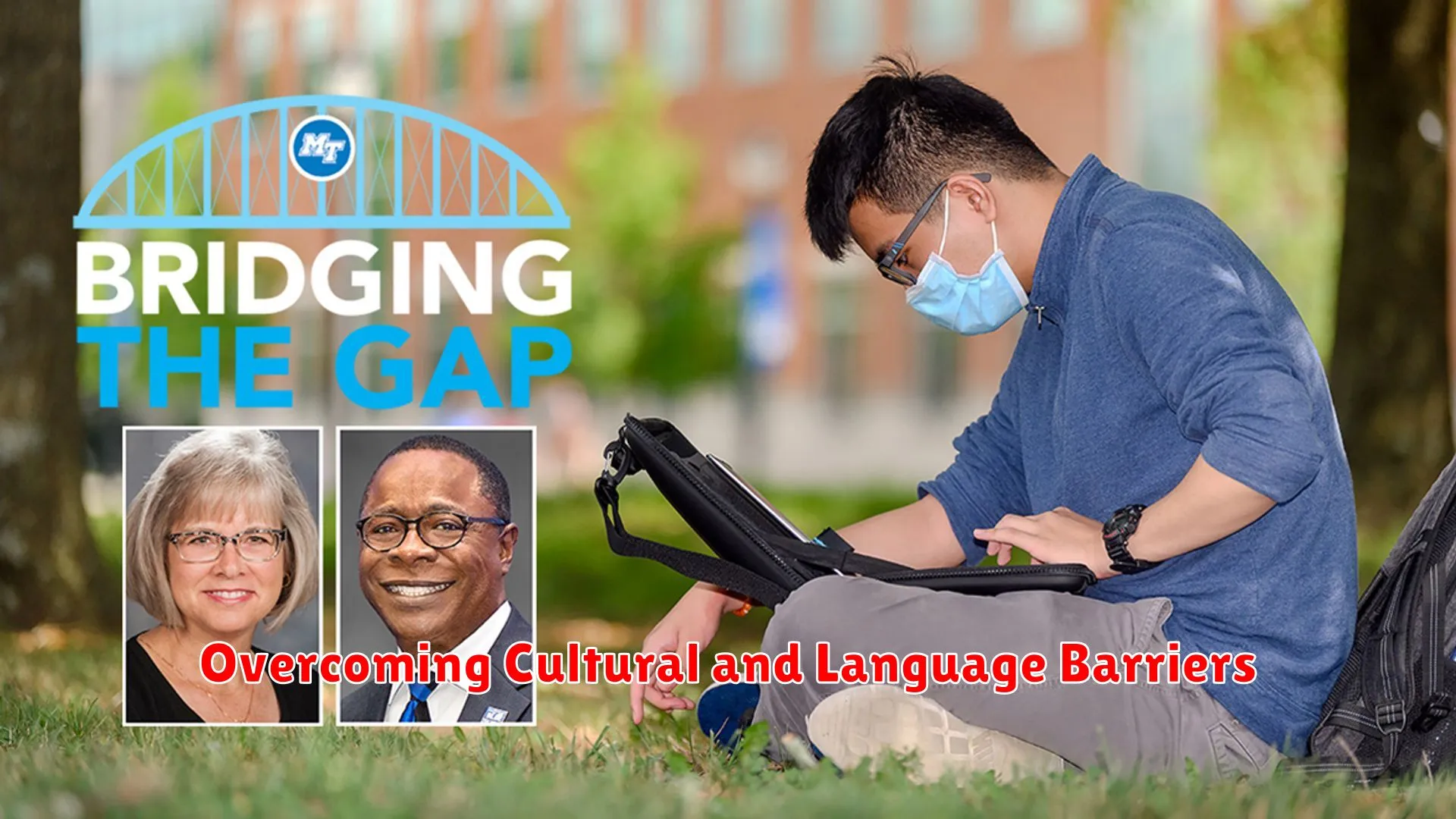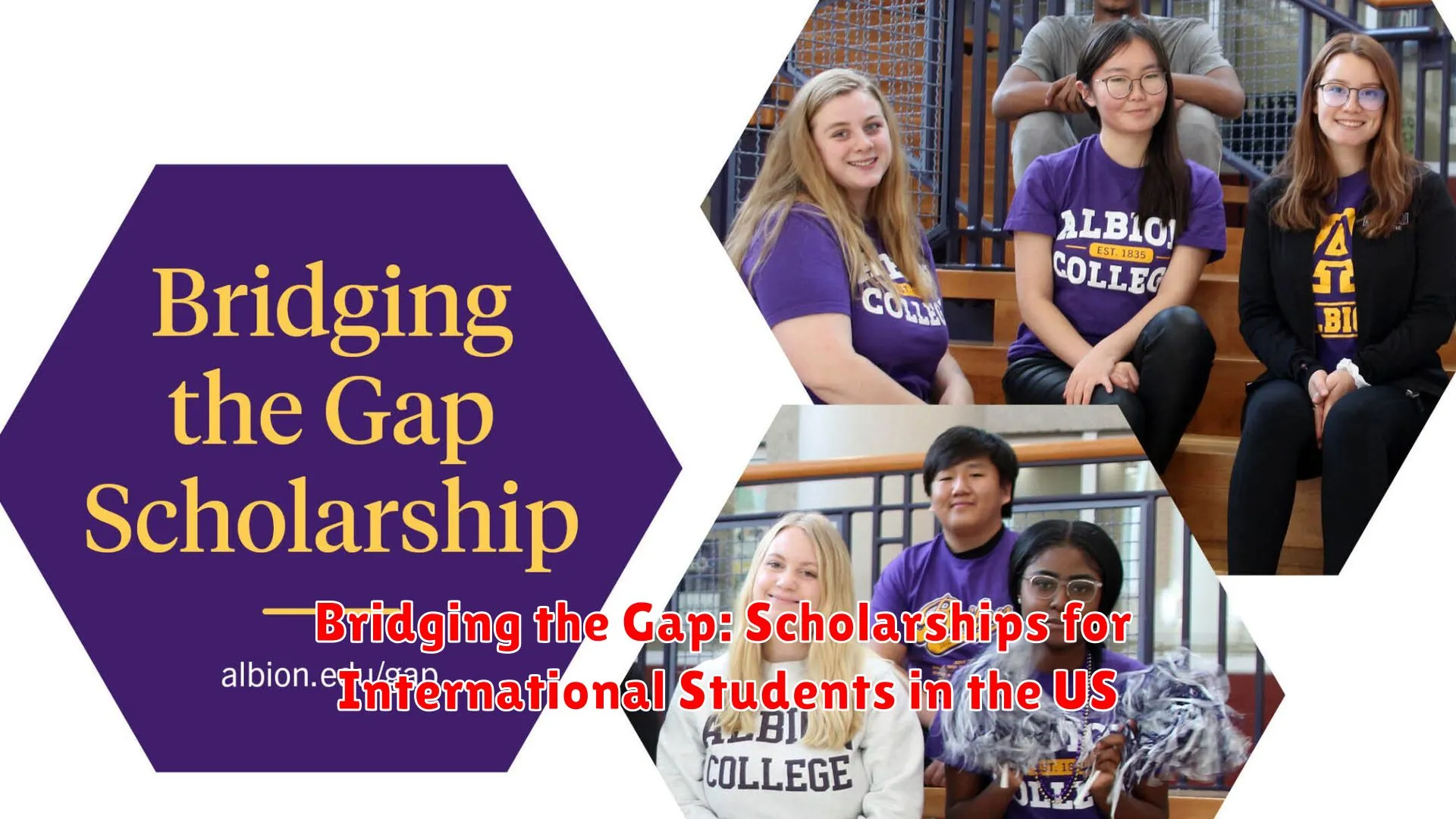Discover how scholarships are bridging the gap for international students pursuing education in the United States, providing opportunities for academic and cultural exchange.
Exploring Scholarships for Global Talent

When it comes to pursuing higher education in the United States, the cost can be a major hurdle for international students. However, there are numerous scholarships available specifically designed to support global talent in their academic pursuits. These scholarships aim to bridge the gap and make studying in the US more accessible for students from all around the world.
One of the key types of scholarships for international students is merit-based scholarships. These scholarships are awarded based on the student’s academic achievements, leadership qualities, and extracurricular activities. Universities and organizations offer merit-based scholarships to attract top students from different countries and backgrounds.
Another common type of scholarship for international students is need-based scholarships. These scholarships are awarded to students who demonstrate financial need to support their education expenses. Need-based scholarships can cover tuition fees, living expenses, and other educational costs, making it easier for students to afford studying in the US.
In addition to merit-based and need-based scholarships, there are also scholarships designated for specific fields of study or countries. For example, students pursuing degrees in STEM fields may be eligible for scholarships offered by technology companies or research institutions. Likewise, some scholarships are exclusively available to students from certain regions or countries to promote diversity and international collaboration.
Furthermore, it is essential for international students to research and explore all available scholarship opportunities. Many universities, government agencies, and private organizations provide a wide range of scholarships for global talent. By carefully reviewing the eligibility criteria and application requirements, students can increase their chances of securing financial aid for their studies in the US.
Application Tips for International Students

When applying for scholarships in the US as an international student, it’s essential to be strategic and diligent in your approach to increase your chances of success. Here are some valuable tips to help you navigate the scholarship application process:
1. Research Thoroughly
Before starting your scholarship applications, take the time to research and identify scholarships that align with your academic achievements, interests, and background. Explore various resources such as scholarship databases, university websites, and international student offices to find suitable opportunities.
2. Meet Deadlines
Adhering to application deadlines is crucial when applying for scholarships. Make a note of all the important dates for each scholarship you’re interested in, and give yourself ample time to gather required documents, write essays, and complete application forms.
3. Tailor Your Application
Customize your application materials for each scholarship to showcase how you meet the specific criteria and requirements. Craft compelling essays, letters of recommendation, and resumes that highlight your achievements, experiences, and future goals.
4. Seek Feedback
Before submitting your applications, seek feedback from teachers, mentors, or advisors to ensure that your materials are polished and impactful. Constructive criticism can help you refine your application and present yourself in the best possible light.
5. Stay Organized
Organize all your application materials in a systematic manner to avoid any last-minute rush or confusion. Create a checklist of required documents, track application statuses, and maintain clear communication with scholarship providers.
6. Follow Instructions Carefully
Pay close attention to the instructions provided by scholarship committees and adhere to them meticulously. Missing out on any details or submitting incomplete applications can significantly reduce your chances of receiving the scholarship.
Overcoming Cultural and Language Barriers

When it comes to international students pursuing scholarships in the United States, overcoming cultural and language barriers can often be a significant challenge. These barriers can create obstacles in communication, social interactions, and academic performance, making it crucial for students to find effective ways to bridge these gaps.
One of the key strategies for overcoming cultural barriers is through cultural exchange programs and initiatives. By immersing themselves in the local culture, international students can gain a better understanding of the customs, traditions, and social norms prevalent in the US. This not only helps in reducing misunderstandings but also fosters cross-cultural friendships and collaborations.
Language barriers, on the other hand, can be addressed through language support services offered by universities and colleges. Programs such as English language courses, language tutoring, and language exchange programs can help international students improve their language skills and become more proficient in communicating effectively in academic and social settings.
Additionally, creating a supportive community for international students can also play a significant role in overcoming both cultural and language barriers. Establishing student organizations, cultural clubs, and international student associations can provide a sense of belonging and a platform for students to share their experiences, seek advice, and form meaningful connections with their peers.
Overall, by actively engaging in cultural exchange programs, seeking language support services, and fostering a supportive community, international students can effectively overcome cultural and language barriers, enabling them to excel academically and thrive in their pursuit of scholarships in the US.
Adjusting to the American Education System

When international students decide to pursue their education in the United States, they often face the challenge of adapting to the unique American education system. Here are some key tips to help international students navigate the complexities of the US education system:
Understand the Grading System
One of the first things international students need to familiarize themselves with is the grading system in the US. Grades are typically scored on an A-F scale, with A being the highest and F representing failure. It’s important to understand what each grade signifies and how it impacts your overall academic performance.
Engage in Classroom Discussions
Active participation in classroom discussions is highly encouraged in the American education system. International students should not be hesitant to voice their opinions, ask questions, and engage in debates. This not only enhances your learning experience but also helps you build relationships with professors and classmates.
Utilize Academic Resources
Universities in the US offer a wide range of academic resources to support students in their studies. It’s crucial for international students to take advantage of resources such as tutoring services, writing centers, and academic advisors. These resources can help you excel academically and address any challenges you may face.
Embrace Diversity and Cultural Differences
The American education system is known for its diversity, with students from various cultural backgrounds and perspectives. International students should embrace this diversity and take the opportunity to learn from their peers. Understanding and respecting cultural differences can enrich your educational experience and broaden your worldview.
Building a Global Network for Career Success

Building a global network of connections is crucial for international students pursuing scholarships in the US. These networks can provide valuable opportunities to advance their careers both in the US and beyond.
Building connections with professors, fellow students, and professionals in the field can open doors to internships, job opportunities, and mentorship. Networking events and career fairs are excellent platforms for students to meet industry leaders and potential employers.
Staying connected with alumni networks can also be beneficial for career growth. Alumni often offer guidance and support to current students, helping them navigate the job market and make valuable connections.
Utilizing online platforms like LinkedIn can further enhance an international student’s network by connecting them with professionals across the globe. Engaging in discussions and sharing expertise on these platforms can showcase their skills and expand their reach.
By actively participating in networking opportunities, international students can lay a strong foundation for a successful career both during their studies in the US and after graduation. Building a global network for career success is essential in today’s competitive job market.
Conclusion
In conclusion, scholarships play a crucial role in bridging the gap for international students seeking education in the US, fostering diversity and academic excellence.




